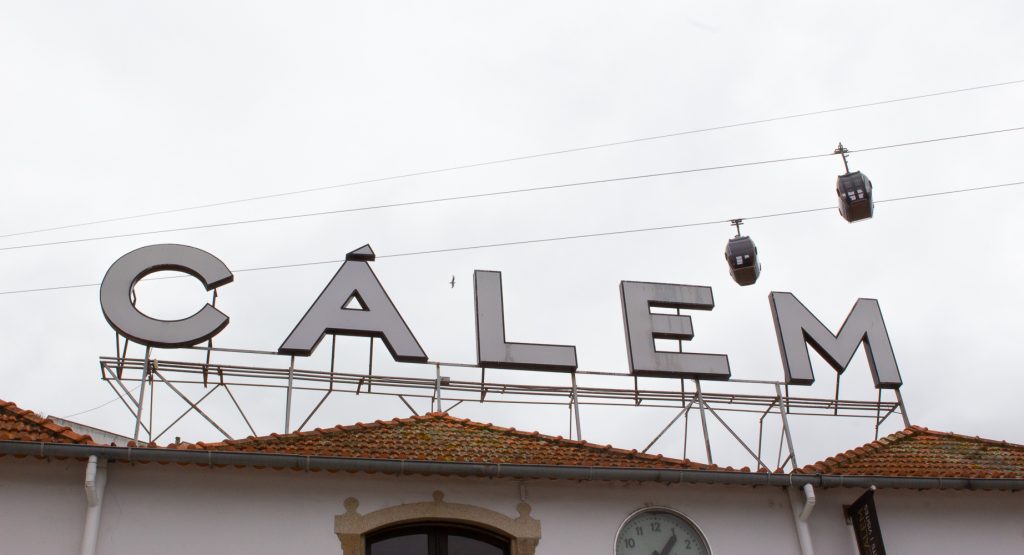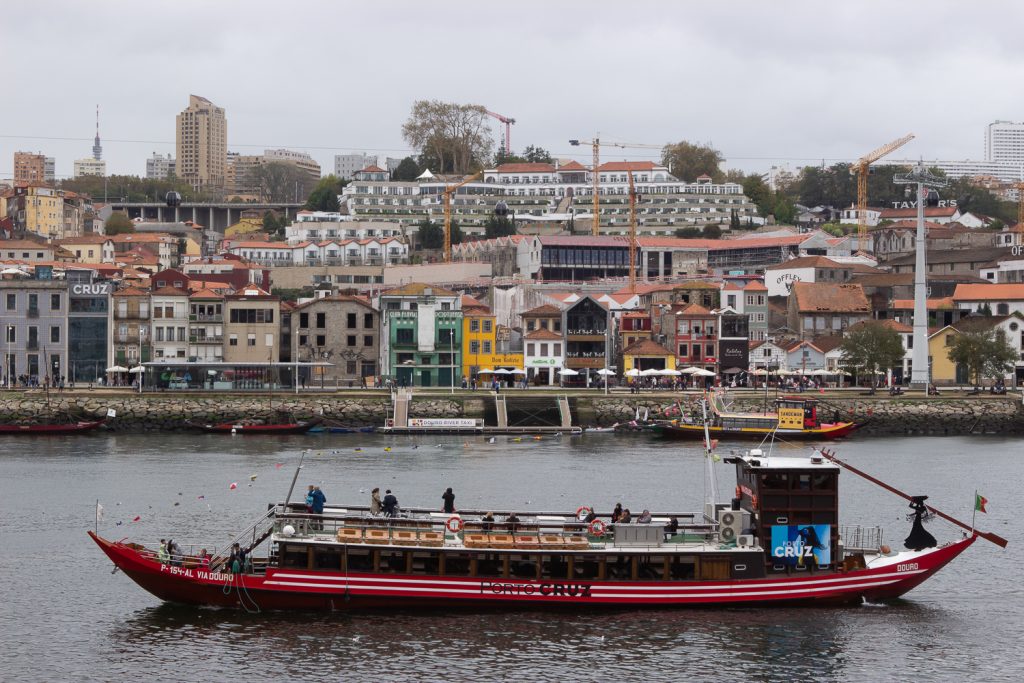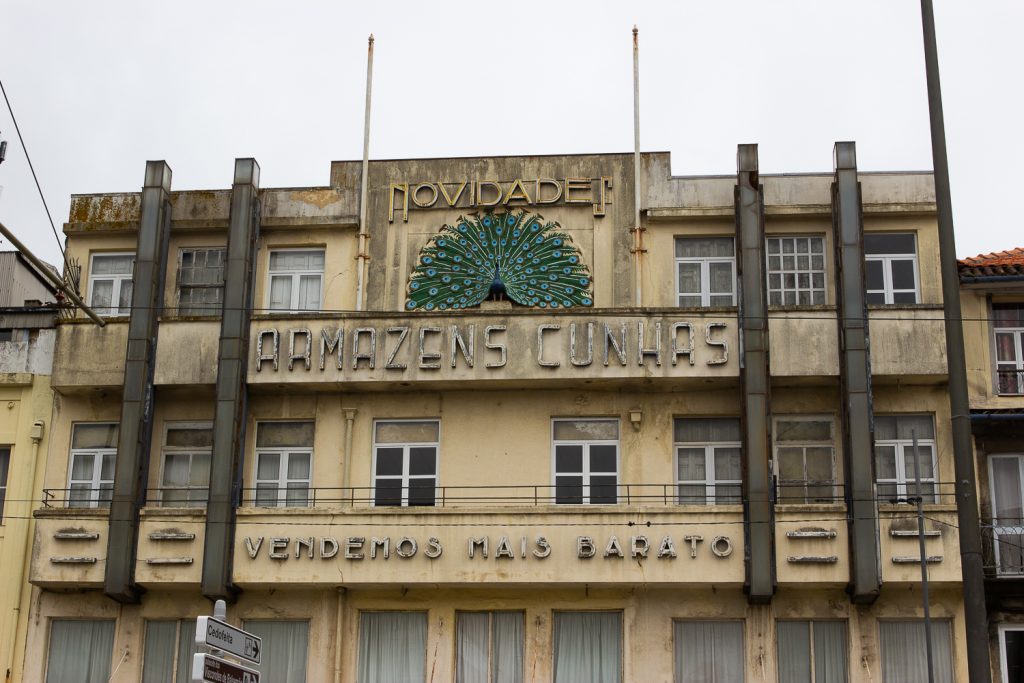Unlocking the Flavours of Porto
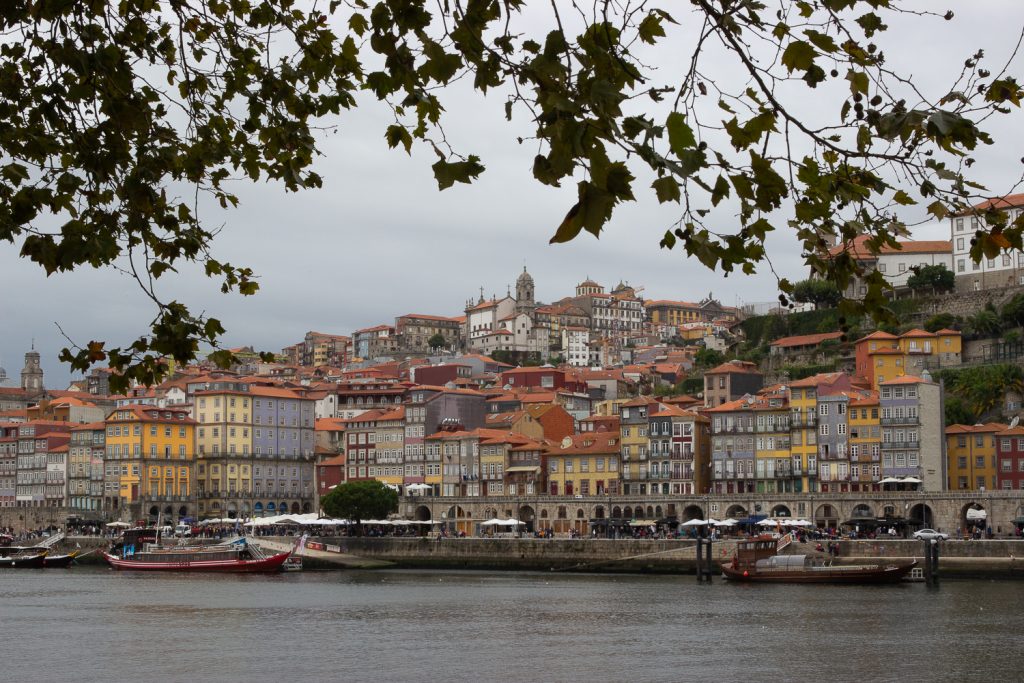
Though rough around the edges and often overlooked, many travellers have a soft spot for Lisbon’s sister city Porto. Porto is a vibrant city on the northern coast of Portugal famous for port wine. It’s not just a haven for those seeking a wander through narrow streets and historic buildings, but also the perfect place for wine lovers intrigued by port wine. If you’ve never had a sip of port, you may as well start where it all began.
Porto is located downriver from the Douro Valley, an area that produces grapes for wine and port. As my travel partner and I stepped off the train and into the city, narrow pastel buildings and cobbled streets greeted us. We followed gently winding roads towards the river as cable cars rambled by.
Porto boasts an eclectic mix of architecture — following gently-winding main roads naturally led us past some of Porto’s most famous landmarks, from azulejo tile-covered train stations and gothic churches to the art deco Livraria Lello. Though a line of visitors poured out the book shop’s front door, its floor-to-ceiling displays, mahogany shelves, and intricate decor were as beautiful as we imagined. The store supposedly inspired the moving staircases in J.K. Rowling’s writing and it’s easy to see why.
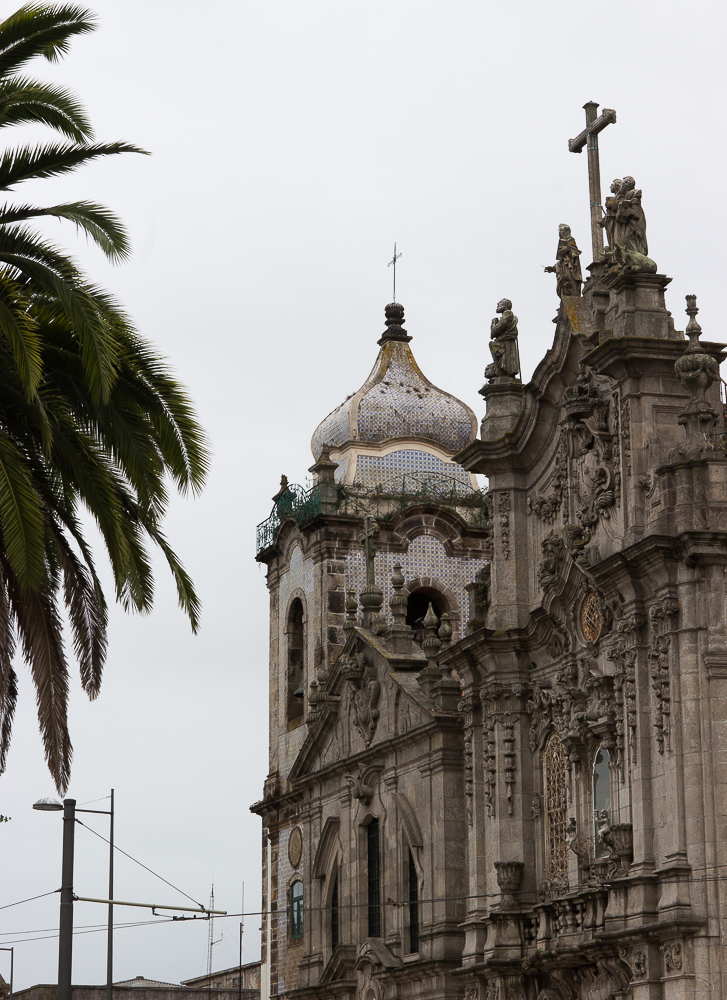
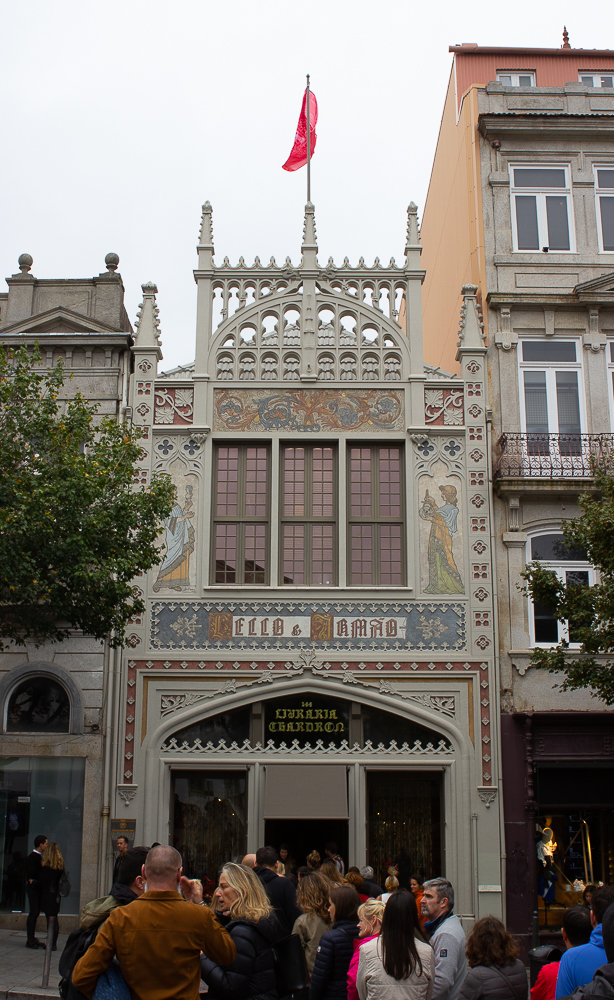
But my Porto experience truly began once we reached the riverfront. The Cais da Ribeira (“riverside pier”) neighbourhood is postcard perfect but also rather touristy. Even so, it’s hard to beat the atmosphere. Set on the hills of Porto’s north bank, Cais da Ribeira is a mosaic of pastel homes, red rooftops, and church spires that slant down towards the rushing Douro river. It bustles nightly with its concentration of restaurants, shops, and local attractions.
Our journey of port wine discovery began on the shores of the Douro, in an 18th-century warehouse housing the Port Wine Museum. The museum cost a couple of euros and offered a crash course on the history and significance of Port wine. I learned that the fortified wine was born from necessity in the 17th century; it was first fortified with spirits in order to survive its long journey from the Douro Valley to various destinations of trade.
Barrels of wine from the Douro were transported to Vila Nova de Gaia, set on Porto’s south bank. Back then, the journey was made using heavy flat-bottomed rabelo boats. Today, Vila Nova de Gaia remains dedicated to port wine. It is home to the warehouses and tasting rooms of Portugal’s most renowned port producers. In other words, it is the perfect place to sample port wines.
Eager to taste some local port, we strolled leisurely to the double-decked Dom Luís bridge. It is just one of the six bridges that straddle the mighty Douro and give Porto its unique skyline. We soon arrived on the shores of Vila Nova de Gaia where rows of industrial warehouses proudly sport the name of Porto’s most famous port producers. Signs for Graham’s, Taylor’s, and Porto Cruz beckoned but we eagerly poked our heads into the first one, Cálem. Our serendipitous arrival coincided with a scheduled English tour of their cellar and tasting room.
The waiting area at Cálem doubles as an interactive museum. The exhibit covers everything from the Douro’s valley to the various types of port wine and the flavor notes associated with each. A guide led us from the museum through a section of Cálem’s cellar filled with ceiling-height barrels of aging port wine. Our tour guide explained that port is a sweet and fortified wine with fruity and nutty flavours. There are four types of port wine: ruby, tawny, rosé, and white. Ruby and tawny are the most common. Since they pair nicely with cheese, chocolate, nuts, and sweets, they are often drunk as dessert wines.
We shuffled into the tasting room and began to sample port for ourselves. We discovered new flavours and combinations in tandem with the other travellers in our tour group. We tasted the berry, cinnamon, and chocolate notes of a ruby port and compared it to the caramel, hazelnut, cinnamon, clove, and fig flavour of a tawny. Conversation starting flowing thanks to port wine being stronger than typical wines.
After our first tasting, we couldn’t get enough. We paired each stop on our itinerary with the simple pleasure of sitting down to a glass of port. In doing so, we created new and memorable opportunities, whether striking up a conversation with a local or simply taking in the scenes unfolding around us. With each “port-stop”, the flavours of Porto gradually emerged. We tried francesinha, a Portuguese sauce and cheese-slathered take on France’s croque monsieur sandwich. We also stumbled into a hole-in-the-wall restaurant called Open Kitchen and discovered the tangy paprika, chilli, and garlic of flame-grilled linguica. By the end of our visit, our hearts — and bellies — were full to the brim.
Porto is a chest of local treasures and traditions just waiting to be unlocked. By the end of our stay, we were convinced that much of Porto’s beauty lies in its general atmosphere. The city beckons visitors to slow down and take in all of the sights, sounds, history, and flavours around them. Should you find yourself exploring Porto, bear in mind that it pairs well with sips of local port.
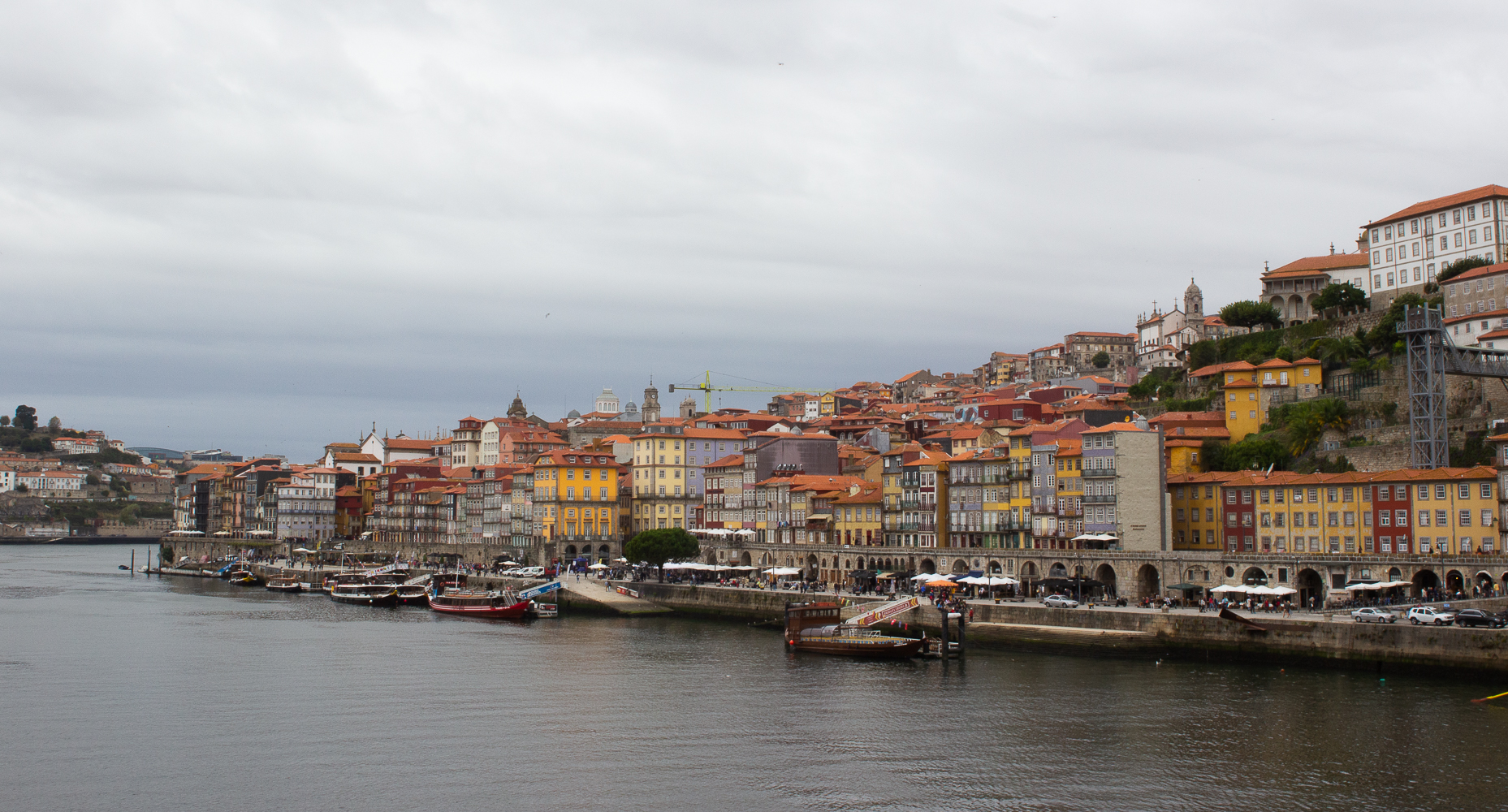
Book Your Stay Now in Porto, Portugal
Use the interactive map below to search, compare and book hotels & rentals at the best prices that are sourced from a variety of platforms including Booking.com, Hotels.com, Expedia, Vrbo, and more. You can move the map to search for accommodations in other areas and also use the filter to find restaurants, purchase tickets for tours and attractions, and locate interesting points of interest!

Trixie Pacis is a travel writer, screenwriter, and digital nomad from Vancouver, Canada. She writes about diverse destinations and cultures while advocating for mindful and sustainable practices. Trixie loves to explore the outdoors and travel the way she sips her coffee — slow. Follow her adventures at howlblog.ca.
